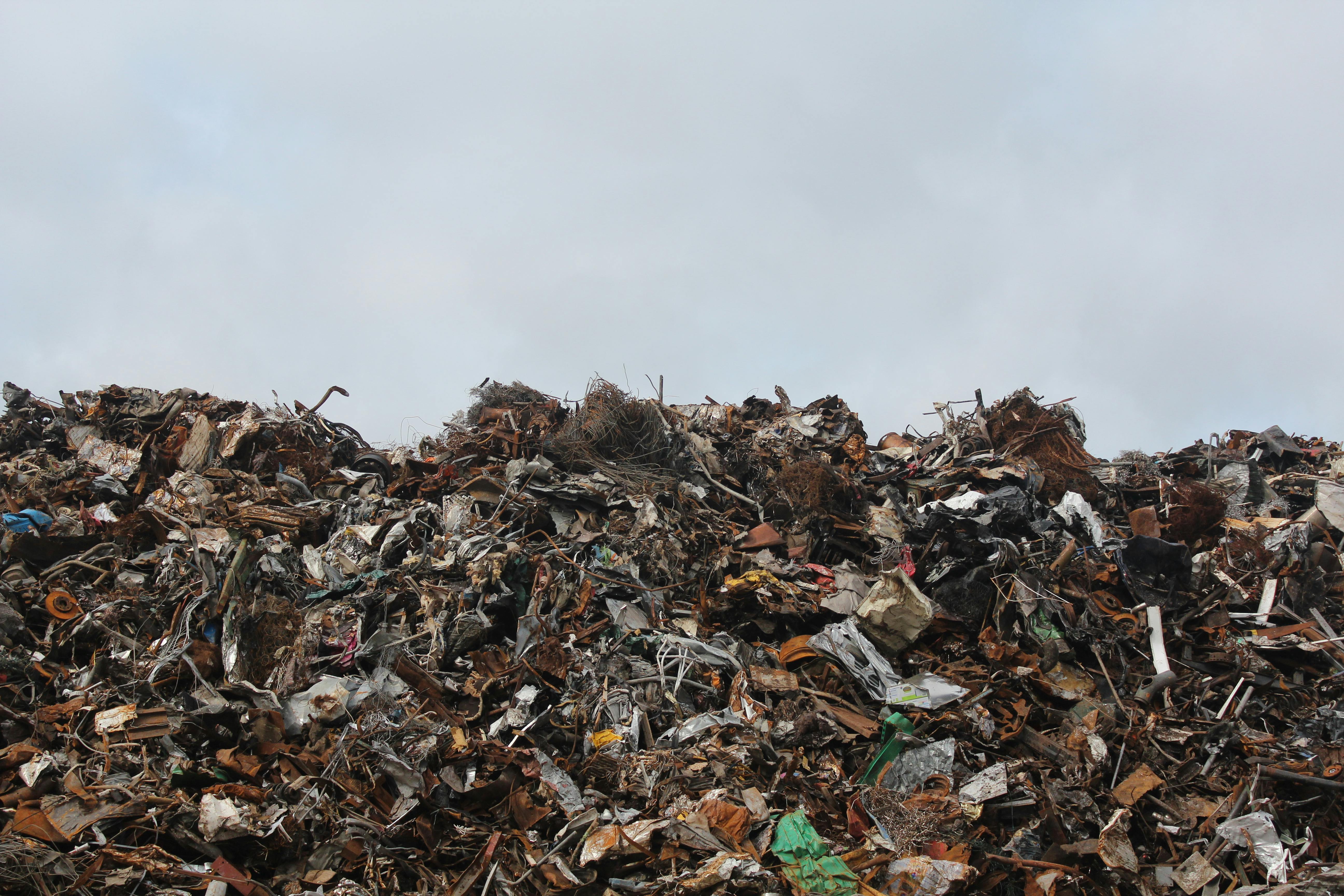
How to Properly Factory Reset a MacBook Air for Optimal Performance in 2025
If you're looking to boost your MacBook Air's performance in 2025, understanding how to factory reset MacBook Air can be a game changer. Whether you're facing persistent issues or wish to set the device up fresh for optimal functionality, this guide will walk you through the complete process, ensuring you restore and optimize your Mac for a better user experience. Here’s a step-by-step approach that covers everything you need to know about resetting MacBook Air.
Understanding the Factory Reset Process
Before diving into the factory reset process, it’s crucial to understand what it entails. A factory reset, also referred to as restoring factory settings on your MacBook Air, completely erases the current setup and settings, returning the system to its original state. This method is particularly useful for erasing personal data or troubleshooting severe performance issues. Remember that performing this step requires a thorough backup MacBook Air to prevent loss of important files or data that you cannot recover.
Why Perform a Factory Reset?
There are several reasons you might consider a factory reset MacBook Air. Common scenarios include when your device is running sluggishly, serves unwanted error messages, or if you’re planning to sell or give away your device. A complete reset can help clear up cache, uninstall unnecessary applications, and erase whispers of previous tasks, which enhances device performance dramatically. In many instances, this may also resolve underlying software problems, offering you a fresh start with your system. However, be sure to evaluate whether your MacBook Air troubleshooting could be addressed through simpler methods before resorting to a total reset.
Preparing for a Factory Reset
To ensure smooth sailing during the factory reset process, the below steps should be initiated prior to erasing data:
- **Backup your data**: Use Time Machine or another backup solution to save your files and settings.
- **Sign out of your Apple ID**: This will avoid issues related to Activation Lock when you try to set it up again.
- **Deauthorize apps**: If you use apps linked to your iTunes or iCloud, ensure they are deactivated on your MacBook Air before proceeding.
Taking these precautions helps protect your personal information and mitigates potential issues during the reset MacBook Air process.
Executing the MacBook Air Factory Reset
Now that you’re well-prepared, it’s time to proceed with executing the factory reset on your MacBook Air. Utilizing macOS recovery options is the most efficient way to accomplish this task.
Booting into Recovery Mode
Start by shutting down your MacBook Air. Then, turn it back on while pressing and holding Command (⌘) and R keys until the Apple logo or a spinning globe appears. This launches your system into MacBook Air recovery mode. If you see options for macOS installation guide, proceed to the next step of the process.
Erasing Your MacBook Air Drive
Within recovery mode, open Disk Utility from the Utilities menu, and select your startup disk (usually named “Macintosh HD”). Click on erase MacBook Air in the toolbar. Choose the appropriate format—APFS (for newer operating systems like macOS Monterey) or Mac OS Extended (Journaled)—depending on your current system. Confirm the action and wait for the system to complete the erase command. This step effectively performs a clean install MacBook Air operation.
Reinstalling macOS
After the drive has been erased, return to the main recovery menu and select the option to reinstall macOS. Follow the prompts on-screen, and once reinstallation completes, you will have a fresh version of the operating system. This reinstall represents the system returning to factory settings MacBook Air.
Finalizing Setup and Restoration
Once you reach the welcome screen, go through the initial setup prompts to configure your Mac. You have the option to restore from your Time Machine backup during this stage, which can help speed up setting your personalized settings back to the desired state. If you don't need anything back, you can start fresh and create a new user profile on your MacBook Air.
Reset NVRAM and SMC for Enhanced Performance
Should you experience any functionality issues even after performing the factory reset, consider resetting the NVRAM and SMC. To do this, turn off the device, then turn it back on while simultaneously holding Option, Command, P, and R keys for approximately 20 seconds. Once completed, your NVRAM settings will have been reset. As for the SMC reset, instructions vary according to the model of your MacBook but generally involve powering off and then pressing certain keys during boot. Check online for tailored steps based on your specific Mac model for a comprehensive reset of these components.
Tips for Optimizing MacBook Air Performance After a Reset
Post-reset, it’s vital to adopt practices to maintain optimal performance. Regularly install software updates to keep everything running swiftly. Also, monitor your storage space and keep unnecessary files at bay. Apps like CleanMyMac or integration of built-in macOS tools can automate maintaining the hard drive to keep it functional. Additional tweaks include disabling unused startup items and managing memory to optimize workflow. All these practices will extend the longevity and increase the overall utility of your MacBook Air.
Key Takeaways
- Perform a factory reset for a clean slate on your MacBook Air.
- Backup all essential data before beginning the reset process.
- Use recovery mode to erase and reinstall macOS effectively.
- Consider resetting NVRAM and SMC for improved functioning.
- Follow up with maintenance procedures to ensure lasting performance.
FAQ
1. What are the steps to reset my MacBook Air to factory settings?
To reset your MacBook Air to factory settings, ensure to back up your data, then boot into recovery mode by pressing Command (⌘) + R, erase your startup disk via Disk Utility, and finally reinstall macOS from the recovery menu.
2. How often should I perform a factory reset on my MacBook Air?
A factory reset is typically not necessary often. However, if your device is running sluggishly or you encounter persistent errors, performing a reset annually can help keep it optimized. Always back up data beforehand.
3. Will a factory reset delete everything on my MacBook Air?
Yes, a complete reset MacBook Air will erase all data on the machine. Thus, backing up your information is critical to avoid losing important files.
4. After a factory reset, can I retrieve lost files?
Once the factory reset process is complete, retrieving lost files becomes complicated without a backup solution in place. Using recovery methods after erasure is limited, which is why proactive backups are essential.
5. What are some tips to maintain my MacBook Air after a reset?
Post-reset, regularly update macOS to receive the latest enhancements, manage storage diligently by removing unnecessary files, and consider using performance-enhancing applications to enhance system health and productivity.
6. Can I start fresh without losing data on a factory reset?
No, a factory reset is a total wipe. However, you can restore files from backups if set up prior to performing the reset, allowing you to start with a cleaned slate while retaining essential documents.
7. What to do if I encounter issues during the factory reset?
If issues arise, consult Apple Support resources or community forums for troubleshooting guidance, or check your internet connection if using restore via internet MacBook, as recovery requires a stable connection.

